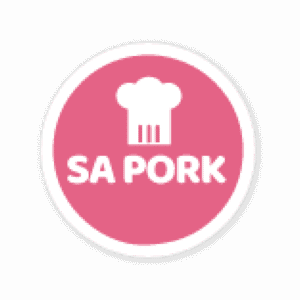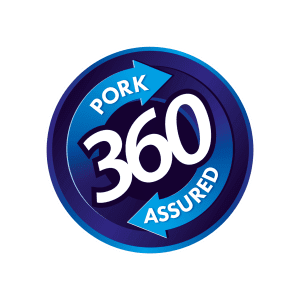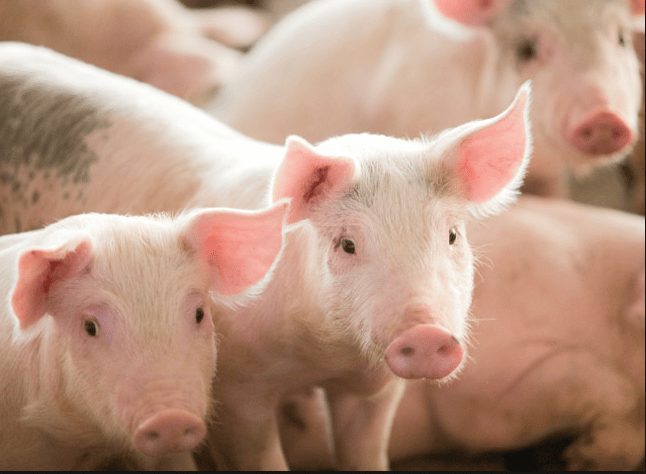Dr Ioannis Mavromichalis
Recent hog prices in the US have left little desire to expand production, whereas feed cost remains the first to be restrained.
Reduced feed cost remains the major weapon pig producers have against decreasing hog prices. This has been true for all such cyclical periods, and is definitely true now and for the immediate future as we do not expect hog prices to increase substantially. Thus, we need to focus on reducing absolute feed cost, assuming that feed efficiency has been maximized through balanced rations that correspond to genetics being used – an exercise that needs to be undertaken when hog prices are high, and not now.
There are three major ways to cut feed cost without unbalancing it. Measures of just cutting back on expensive ingredients and/or additives, or switching suppliers in hope of reduced margins is out of the question, or rather is a topic for another conversation. Here, we will focus on scientific ways to produce the same pig at reduced feed cost, without compromising quality and animal health.
- Find alternative ingredients with more fiber. Pigs can compensate for altered feed nutrient density by adjusting their feed intake – always within certain limits. Luckily, this is more profitable in growing-finishing pigs, where the majority of the feed bill goes.
- Replace additives with nutrients/ingredients and vice versa. Now is a good time to evaluate if some nutrients/ingredients can be enhanced by certain additives, or in reverse, if removing these additives can bring about any feed cost savings.
- Reduce excessive safety margins by improving or removing the reasons why such additions were required in the first place. For example, if you add more lysine because you pellet at high temperatures, consider reducing pelleting temperature, especially if you use an alternative ingredient that improves pellet quality at the same time.
Reducing feed cost should be a constant exercise, more so now that hog prices are in the red. What we should avoid doing now is offering pigs an unbalanced diet that results in lower cost per pound of feed, but ends up increasing feed cost per pound of weight gain.
WATTAgnet, 10 February 2019
The South African Pork Producers’ Organisation (SAPPO) coordinates industry interventions and collaboratively manages risks in the value chain to enable the sustainability and profitability of pork producers in South Africa.








